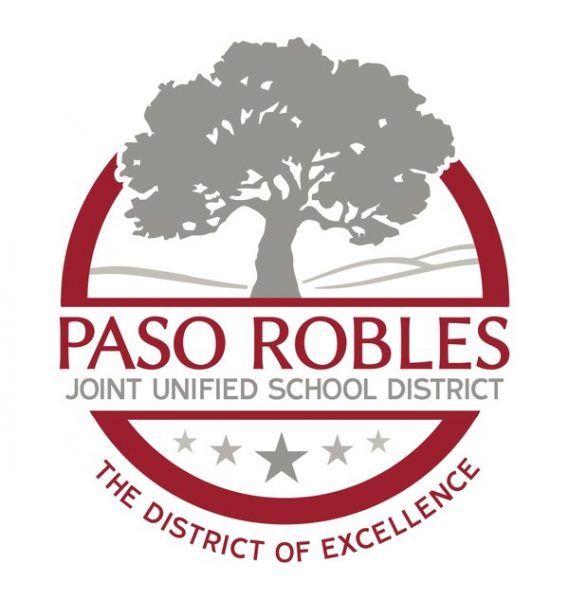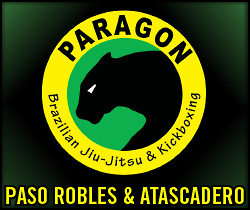School district addresses First Amendment rights in regards to video classes
–The Paso Robles Joint Unified School District released the following notice regarding First Amendment rights when it comes to distance learning through video:
Dear Teachers, Staff, Students, Parents and the Community,
We now have the first three days of distance learning behind us, which we will, unfortunately, have to continue until we are permitted to return to the classrooms. Distance learning can never replace the education that is provided in person. We now find ourselves in a new teaching environment that presents us with both technical as well as policy challenges.
Many of you already know that during the first few days of school some issues arose that begged the question of what materials can be displayed in the video backgrounds of our students during distance learning. This also led to a discussion about the question of what teachers can display in their video backgrounds, e.g. on the walls of their virtual and/or real classrooms. These two questions involve an analysis of the First Amendment rights of students while participating at school (whether in person or via distance learning), as well as the rights of our public employees while working. There are well-established laws and long-established District policies governing such matters, some of which we have summarized below to assist in educating staff and students regarding such matters.
Following is a summary of the district position and policies regarding such matters:
- Students
Students do not surrender their right to free speech when they attend school. This has been clear since the landmark decision 51 years ago by the U.S. Supreme Court in Tinker v. Des Moines Independent Community School District, 393 US 503 (1969). That case held that free speech can only be limited if the school can prove that the speech in question “materially and substantially interferes” with school operations, in other words, that the speech is “disruptive”.
The U.S. Supreme Court provided further guidance on what constitutes “disruptive” speech in the case of Bethel School Dist. No. 403 v. Fraser, 478 U.S. 675 (1986). The Court also set forth some limitations on the rights of free speech of students in Morse v. Frederick, 127 S. Ct. 2618 (2007). In Morse, the school prohibited a student from displaying a flag that the District believed promoted illegal drug use. The Court stated that the “First Amendment does not require schools to tolerate at school events student expression that contributes to those dangers.”
Moreover, Education Code section 48950 allows districts to regulate student speech that is libelous, slanderous, or obscene, or which incites students to create a clear and present danger of substantial interruption of the orderly operation of school. Consistent with this legal scheme, District policies prohibit students’ speech which promotes illegal activities or violence and speech which is profane and/or substantially disruptive to the orderly operation of school.
The fact that a teacher or other students disagree with the speech does NOT mean that the speech is “disruptive”. The school district has a fundamental duty to protect the proper exercise of free speech under the First Amendment and cannot permit a “heckler’s veto.” If anyone has an issue with what a student says in the proper exercise of free speech, the proper response is to engage in civil discourse and also exercise one’s own right of free speech.
For clarification, some practical examples have been analyzed below to illustrate what is permitted, on the one hand, and what is prohibited, on the other hand, with respect to in students’ video backgrounds. (Bear in mind that these examples are subject to the condition that otherwise permitted content might still cross the line into being “disruptive” depending on the specific circumstances of a case):
This list is by no means exhaustive or conclusive, especially when we consider the creativity of our young people. The general concept, however, is that displayed material cannot be “disruptive,” so use common sense.
2. Teachers
The general rule when teachers are off the job is that they have the same right to free speech as anyone else. However, the purpose of this section is to discuss the limits on teachers’ rights to free speech when they are “on the clock.”
The U.S. Supreme Court held in the case of Garcetti v. Ceballos, 547 U.C. 410 (2006) that public employees are not insulated from employer discipline under the First Amendment when they make statements pursuant to their official duties. Teachers speak on behalf of the school district when performing their duties and accordingly must comply with school policy on controversial subjects. Brown v. Chicago Board of Education, No. 15-1857 (7th Cir. 2016). Courts have consistently held that when teachers make statements, advocate for particular points of view, and/or post specific items on walls or bulletin boards – they are acting pursuant to their official duties and their speech is not protected under the First Amendment. We refer our teachers to our policy 6161.11, which is consistent with case law, which reads in part:
“In the classroom, teachers act on behalf of the district and are expected to follow the adopted curriculum. In leading or guiding discussions about issues that may be controversial, a teacher may not advocate his/her personal opinion or viewpoint…” (emphasis added).
Simply stated: Classroom materials are supposed to relate to the curriculum, and the teacher is supposed to take a neutral position on controversial issues. We recognize that “taking a neutral position” is not always as simple as it sounds, but our teachers are professionals who can make the right determination in virtually all cases. We now provide some practical examples of what a teacher cannot display in the classroom or in the teachers’ background (the virtual classroom):
We ask our teachers to ask their principals or the District Office if they have any questions about whether an item is appropriate for display in the background during distance learning or later in the classroom.
We welcome and appreciate the diversity of ideas of both our teachers and our students. We have provided this letter and analysis in order to facilitate an understanding of the rights of each and how to protect those rights. The District is committed to protecting the free speech rights of our students and complies with our responsibilities concerning controversial issues. The role of the District and our staff and educators is not to convince our students one way or another on controversial issues. Instead, our purpose is to teach our students how to analyze and debate controversial issues in civil discourse.
We greatly appreciate your support and understanding during these unprecedented times. I am proud to work in such a supportive educational community, and thank you in advance for your adherence to District policy and legal requirements as we navigate these issues together for the collective good of our students.
Please contact me with any questions or concerns.
Curt Dubost, Superintendent
Comments
The news staff of the Paso Robles Daily News wrote or edited this story from local contributors and press releases. The news staff can be reached at info@pasoroblesdailynews.com.

























